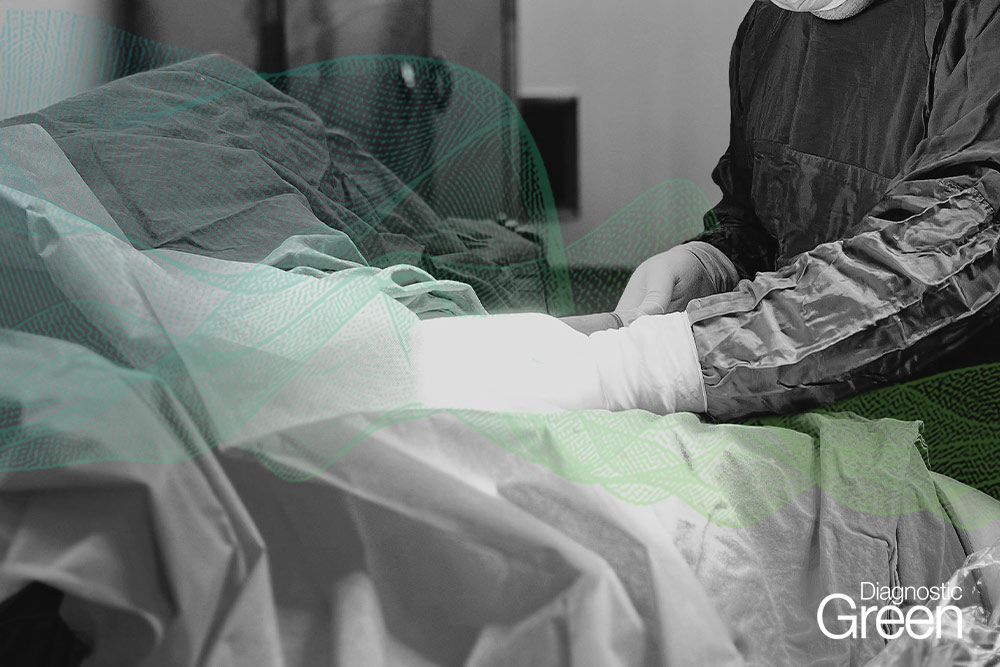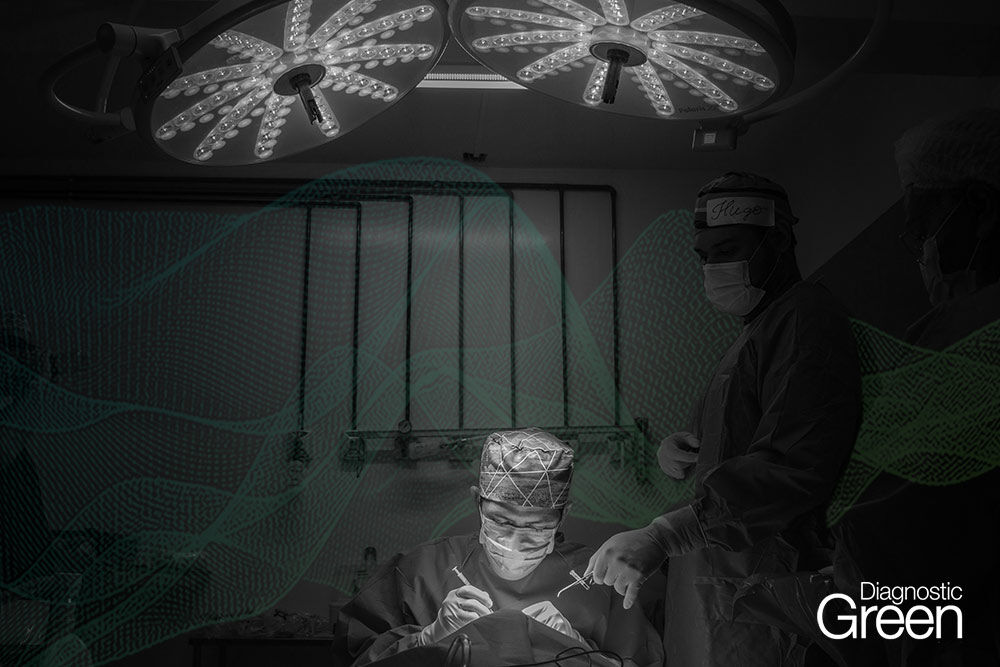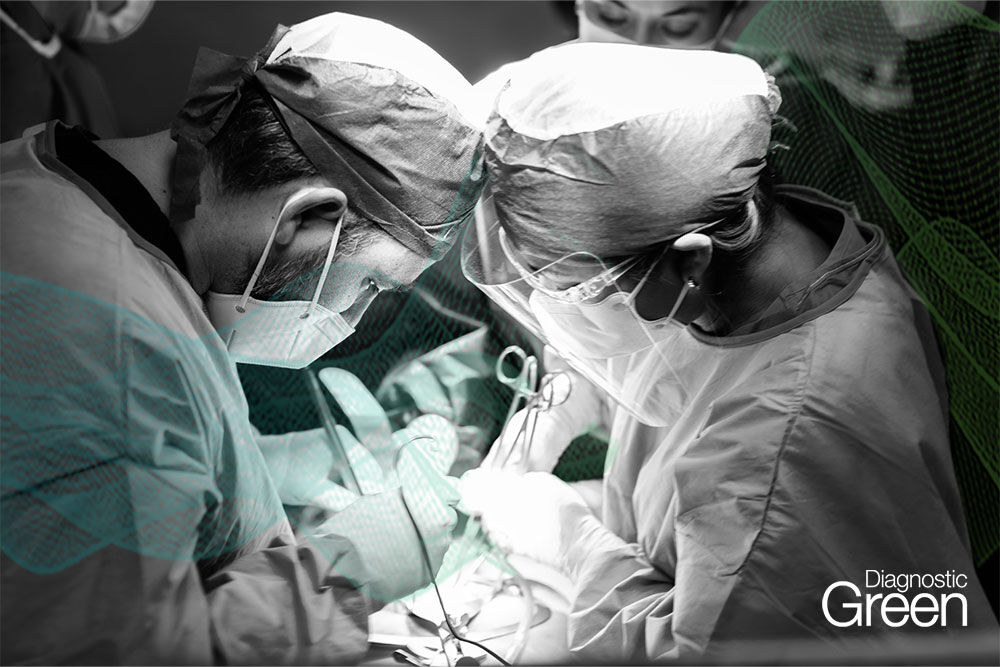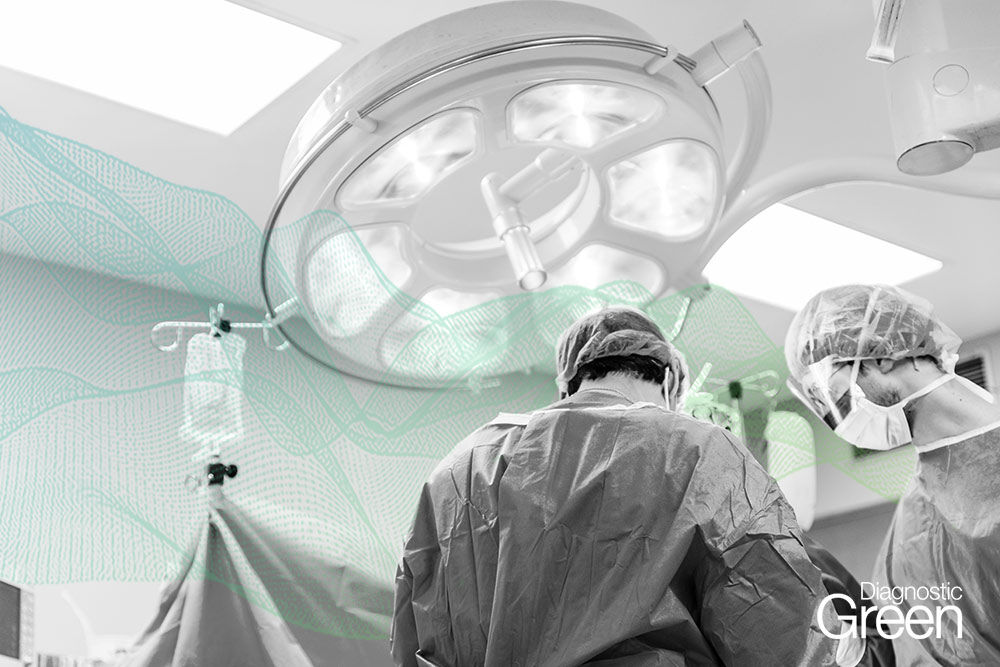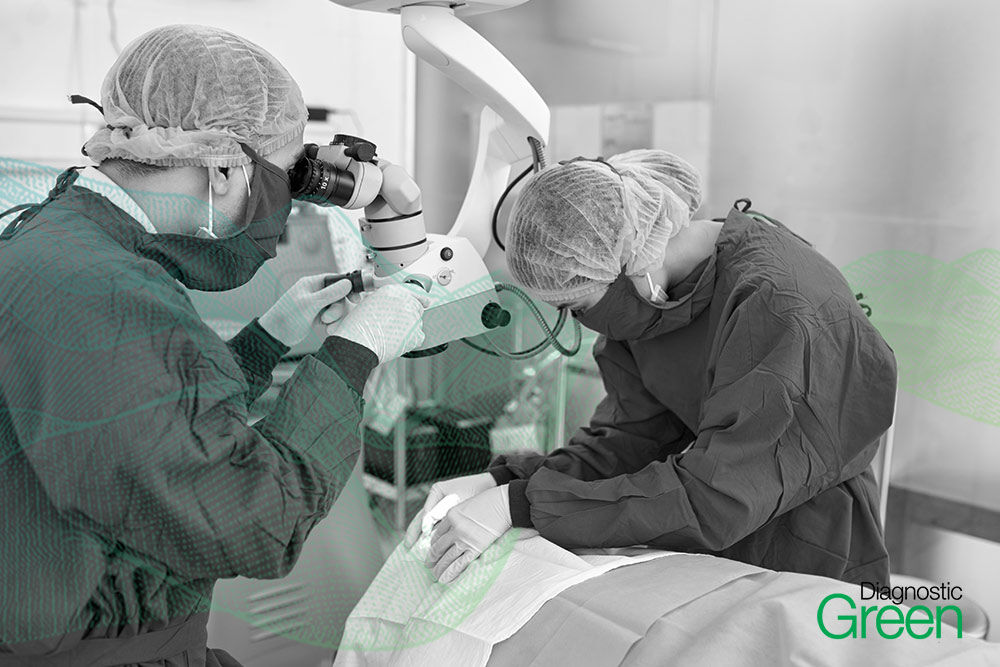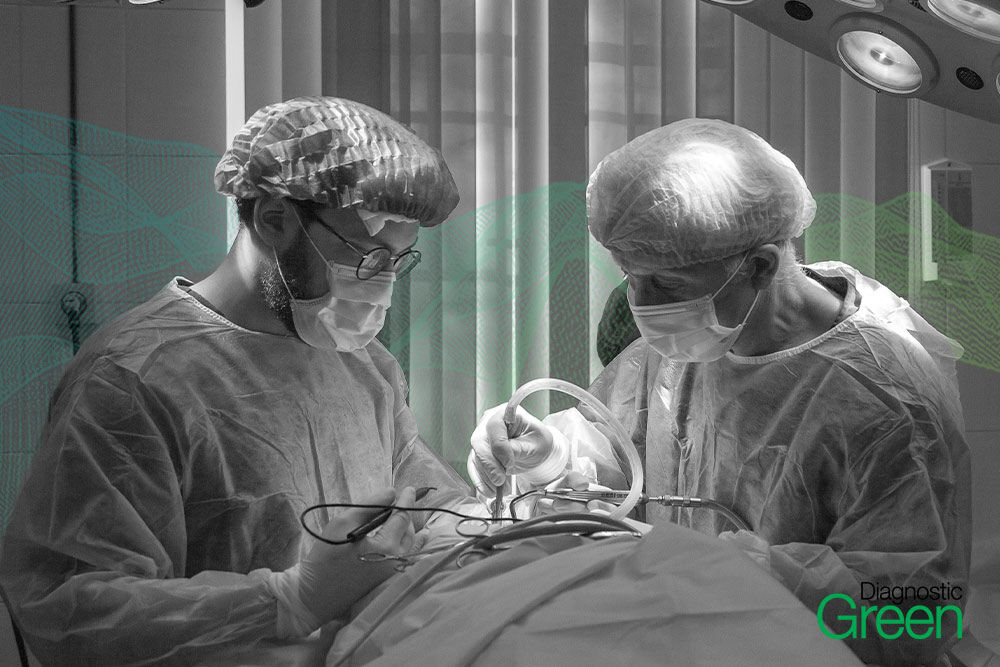Indocyanine green (ICG) is one of the only clinically approved near-infrared (NIR) fluorophores used during fluorescence-guided surgery (FGS), but it lacks tumor specificity for pancreatic ductal adenocarcinoma (PDAC)
Continue readingA Resected Case of the Sigmoid Colon Cancer after the Endovascular Aneurysm Repair in Which Intraoperative Indocyanine Green Fluorescence Method Was Useful for Evaluating the Blood Flow in the Colon
A man in his 70s underwent an endovascular aneurysm repair(EVAR)for abdominal aortic aneurysm. Blood test revealed an anemia and an increased tumor marker. Enhanced computed tomography revealed the wall thickening in the sigmoid colon and the Type Ⅱ endoleak after EVAR.
Continue readingIntraoperative Evaluation of Soft Tissue Sarcoma Surgical Margins with Indocyanine Green Fluorescence Imaging
Soft tissue sarcomas (STS) are rare malignant tumors often associated with poor outcomes and high local recurrence rates. Current tools for intraoperative and definitive margin assessment include intraoperative frozen section and permanent pathology, respectively.
Continue reading8th congress of ISFGS taking place in Miami Feb 20-21st
8th congress of ISFGS taking place in Miami Feb 20-21st
Continue readingIndocyanine Green Clearance Predicts Outcome In Patients Undergoing Transcatheter Valve Intervention For Severe Atrio-ventricular Valve Regurgitation
Severe mitral (MR) and tricuspid regurgitation (TR) aggravate hemodynamic stress leading to congestive heart failure (HF) with impaired hepatic function, also known as cardio-hepatic syndrome (CHS). Current perioperative risk calculators do not sufficiently consider CHS and serum liver function parameters lack sensitivity to diagnose CHS. Indocyanine green (ICG) and its elimination (measured by the LIMON®-test) represents a dynamic and non-invasive test which correlates with the hepatic function. Nevertheless, its utility in the setting of transcatheter valve repair/replacement (TVR) to predict CHS and outcome remains unknown. Patients with baseline ICG plasma disappearance rate (PDR) <12.95%/min showed significantly increased 1-year mortality (HR: 1.54, 95%CI: 1.05 -2.25, p = 0.027) and lower NYHA class improvement (p = 0.05). Especially in the context of the recently stressed importance of a careful patient selection prior to the interdisciplinary treatment of VHD, the LIMON®-test may provide further real-time information on the patients’ cardiohepatic injury and prognosis.
https://academic.oup.com/icvts/advance-article/doi/10.1093/icvts/ivad024/7008333
Is the use of a routine intraoperative cholangiogram necessary in laparoscopic cholecystectomy?
Although laparoscopic cholecystectomy (LC) has been standard of care for symptomatic gallstone disease for almost 30 years, the use of routine intraoperative cholangiogram (IOC) remains controversial. There are marked variations in the use IOC during LC internationally. Debate has continued about its benefit, in part because of inconsistent benefit, time, and resources required to complete IOC. This literature review is presented as a debate to outline the arguments in favour of and against routine IOC in laparoscopic cholecystectomy.
Results: From this controversies piece we found that there is little discernible change in the number of BDIs requiring repair procedures. Although IOC is associated with a small absolute reduction in bile duct injury, there are other confounding factors, including a change in laparoscopic learning curves. Alternative technologies such as intra-operative ultrasound, indocyanine green imaging, and increased access to ERCP may contribute to a reduction in the need for routine IOC.
Conclusions: In spite of 30 years of accumulating evidence, routine IOC remains controversial. As technology advances, it is likely that alternative methods of imaging (such as ICG) and accessing the bile duct will supplant routine IOC.
Laparoscopic Repeat Liver Resection-Selecting the Best Approach for Repeat Liver Resection
Recurrence of liver cancers after liver resection (LR), such as recurrences of hepatocellular carcinoma and colorectal liver metastases, is often treated with repeat LR (RLR) as the only curative treatment.
Continue readingIndocyanine Green Fluorescence Guided Surgery in Colorectal Surgery –Garoufalia, Wexner
Indocyanine green (ICG) imaging has been increasingly used for intraoperative guidance in colorectal surgery over the past decade.
Continue readingFluorescence-guided surgery: National trends in adoption and application in pediatric surgery
Fluorescence-guided surgery (FGS) with indocyanine green (ICG) is a rapidly diffusing surgical innovation, but its utilization in pediatrics remains unknown.
Continue readingUse of intraoperative indocyanine green angiography for detection and prediction of congestion in pedicled island flaps
Pedicled island flaps, including pedicled propeller flaps and pedicled transposition flaps, are widely used especially for coverage of soft tissue defects in the extremities and the trunk.
Continue reading

